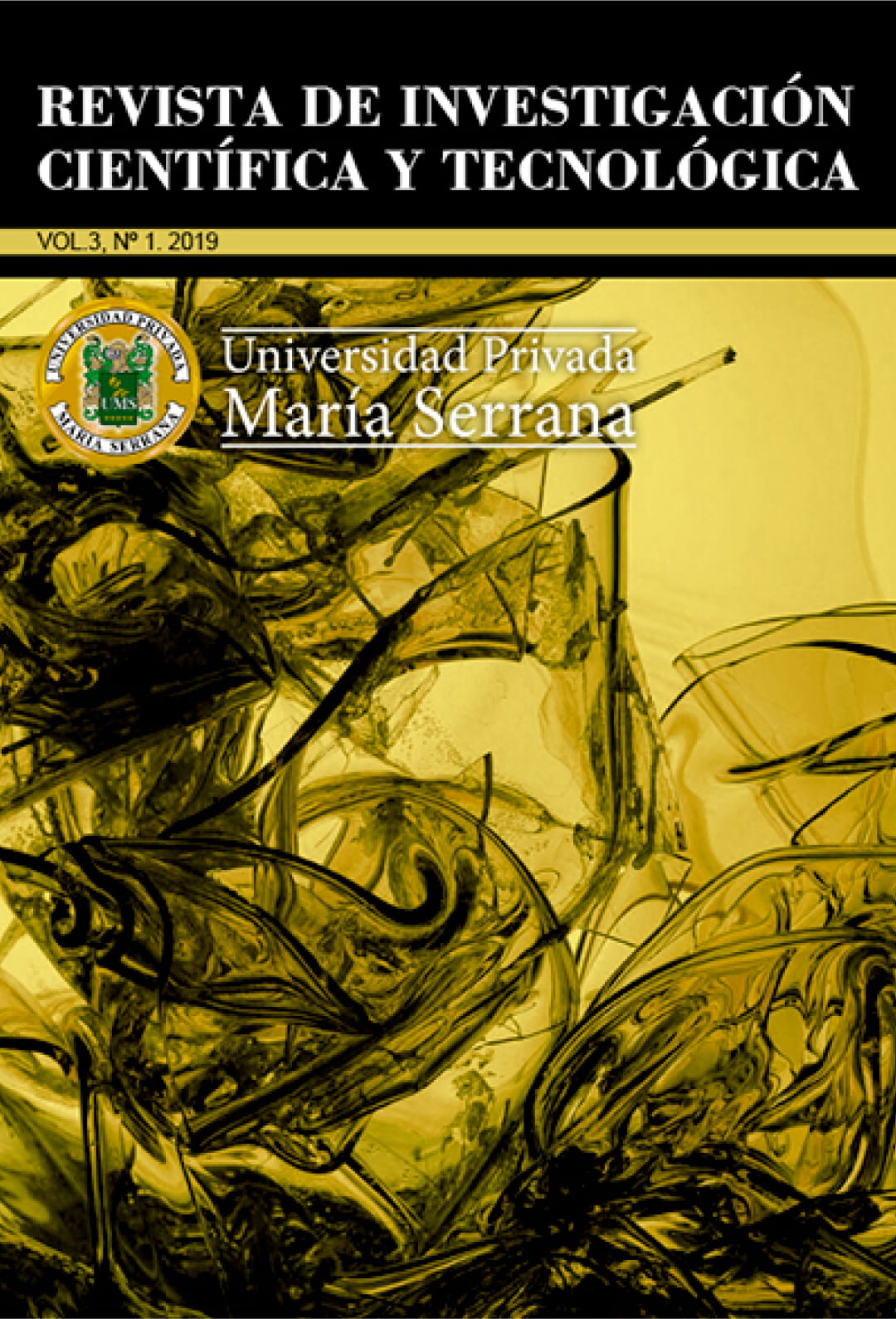Resumen
Los telómeros son los extremos libres de los cromosomas, constituidos por ADN no codificante y altamente repetitivos. Ellos fueron descubiertos por Hermann Joseph Muller junto a Bárbara McClintock durante la década de los años 30 del siglo XX, recibieron el Premio Nobel por tal descubrimiento. Antigüamente, la etiología del envejecimiento apuntaba a un estado, que tal vez fuera causado por un gen o por una declinación del sistema fisiológico. Con el paso del tiempo, fue sustituido por el principio de que tal factor consiste en un proceso multifactorial resultante de la interacción de mecanismos celulares y sistemáticos. A pesar de que muchos casos de neoplasias son diagnosticados en personas jóvenes, es inequívoca la relación entre una mayor edad y el cáncer. A nivel celular, evidencias apuntan una semejanza entre tales factores. Se define envejecimiento celular como la falta de división somática acompañada de la pérdida de función (Senescencia celular). Mientras que el cáncer es el resultado de divisiones incontroladas acompañadas por pérdida o cambios de funciones.
Referencias
Roh J, Sung Y. H, Lee H. W. Clinical implications of antitelomeric drugs with respect to the nontelomeric functions of telomerase in cancer. OncoTargets and Therapy 2014.
Blackburn EH. Structure and function of telomeres. Nature 1991.
Akincilar, S.C.; Unal, B.; Tergaonkar, V. Reactivation of telomerase in cancer. Cell. Mol. Life sci. 2016.
Bodnar AG, Ouellette M, Frolkis M, Holt SE, Chiu CP Morin GB, Harley CB, Shay JW, Lichsteiner S, Wright WE. Extension of life-span by introduction of telomerase into normal human cells. Science 1998.
Heidenreich B, Kumar R. TERT promoter mutations in telomere biology. 2017.
Chiu CP Harley CB. Replicative senescence and cell immortality: the role of telomeres and telomerase. 1997.
De Lange T. Human telomeres are attached to the nuclear matrix. EMBO J 1992.
Artandi SE, DelPinho RA. Telomeres and telomerase in cancer. Carcinogenesis 2010.
FAO (Food and Agriculture Organization). (2015). Recuperado el 15 de mayo de 2018, de Los suelos están en peligro, pero la degradación puede revertirse: https://www.fao.org/news/story/es/item/357165/
Karlseder J, Smogorzewska A, de Lange T. Senescence induced by altered telomere state, not telomere loss. Science 2002.
De Lange T. Shelterin: the protein complex that shapes ans safeguards human telomeres. Genes develop 2005.
Uziel O. et al. BRCA1/2 mutations perturb telomere biology: characterization of structural and functional abnormalities in vitro and in vivo. Oncotarget 2016.
Cárcano, FM. Study of clinicopathological associations with molecular and genetic alterations in testicular germ cell tumors. Thesis (Doctorate’s degree). Barretos Cancer Hospital, 2016.
Greider CW. Telomeres do D-loop-T-loop. Cell 1999
Barbon, F. J, Wietholder P; Flores RA. Cellular alterations in human aging. J Oral Invest 2016.
Bayaram, S. et al. Polymorphisms in human telomerase reverse transcriptase (hTERT) gene and susceptibility to gastric cancer in a Turkish population: Hospital-based-case-control study. GENE 2016

Esta obra está bajo una licencia internacional Creative Commons Atribución 4.0.





